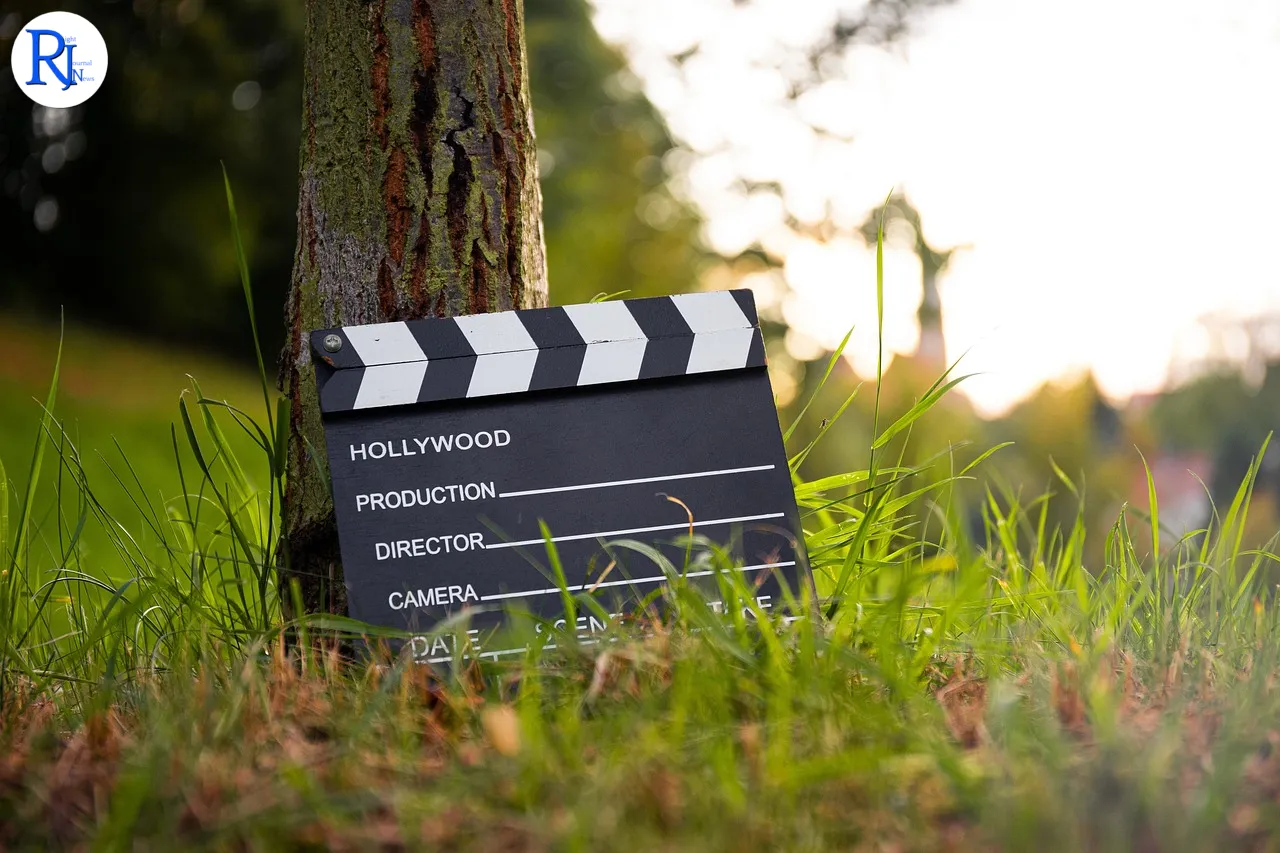In the world of storytelling, the age-old debate lingers: is the book always better than the film? While many purists stand by the literary versions, there are instances where cinematic adaptations outshine their source material. Katie Rosseinsky explores 13 such films that have managed to capture audiences’ imaginations in ways their books could not.
Cinematic Triumphs Over Literary Classics
Adapting a book into a film is no small feat. It requires a delicate balance of staying true to the original narrative while also crafting a visually engaging experience. Some filmmakers have managed to do this so masterfully that their films have surpassed the books they are based on, offering a fresh perspective and broader appeal.
One prominent example is “The Shawshank Redemption,” based on Stephen King’s novella “Rita Hayworth and Shawshank Redemption.” While the book laid the groundwork with its compelling narrative, the film, directed by Frank Darabont, elevated the story with powerful performances and an emotional depth that resonated with audiences worldwide. Its portrayal of hope and friendship behind bars captivated viewers, earning it a lasting place in cinematic history.

When Visual Storytelling Enhances the Narrative
Some stories find new life through the medium of film, where visual storytelling adds layers that text alone cannot convey. “Jaws,” adapted from Peter Benchley’s novel, is another case where the film arguably outshone the book. Steven Spielberg’s direction turned the story of a great white shark terrorising a small island town into a suspense-filled masterpiece that revolutionised the thriller genre. The film’s iconic score and groundbreaking special effects created an atmosphere of tension that the book struggled to match.
Similarly, “The Godfather,” based on Mario Puzo’s novel, transformed into a cultural phenomenon under the direction of Francis Ford Coppola. The film’s intricate portrayal of the Corleone family, combined with stellar performances by Marlon Brando and Al Pacino, expanded on the book’s themes of power and loyalty, making it a staple in film history.
Transformative Performances That Elevate the Narrative
Sometimes, it is the actors’ performances that breathe new life into a story, drawing viewers in and adding dimensions not fully explored in the book. In “Forrest Gump,” Tom Hanks’ portrayal of the titular character brought a depth and charm that Winston Groom’s novel only hinted at. The film’s blend of historical events with personal storytelling struck a chord with audiences, making it a beloved classic.
Another noteworthy adaptation is “Fight Club,” directed by David Fincher and based on Chuck Palahniuk’s novel. While the book delved into themes of identity and societal disillusionment, the film’s visual style and Brad Pitt’s enigmatic portrayal of Tyler Durden amplified the story’s impact, leaving a lasting impression on viewers.
When Adaptations Add Depth to Characters and Plot
In some cases, film adaptations succeed by expanding on the characters and plot, offering a more nuanced exploration than the book. “The Lord of the Rings” trilogy, directed by Peter Jackson, is a testament to this. J.R.R. Tolkien’s epic novels provided a rich foundation, but the films brought Middle-earth to life with breathtaking visuals and a deeper exploration of its characters’ journeys.
Similarly, “Gone Girl,” based on Gillian Flynn’s novel, benefitted from David Fincher’s direction and the screenplay adaptation by Flynn herself. The film’s sharp focus and gripping performances by Ben Affleck and Rosamund Pike added layers of intrigue and complexity to the story, enhancing its psychological depth.
The Role of Technology in Enhancing Adaptations
Technological advancements in filmmaking have played a pivotal role in bringing books to life in ways previously unimaginable. “Jurassic Park,” directed by Steven Spielberg and based on Michael Crichton’s novel, is a prime example. The film’s use of cutting-edge visual effects to depict dinosaurs captivated audiences, creating a sense of wonder and excitement that the book could only describe.
Similarly, the “Harry Potter” series, adapted from J.K. Rowling’s beloved books, utilised advancements in special effects and production design to create a magical world that delighted fans, both old and new. The films’ ability to visually represent the enchanting elements of the books contributed significantly to their success.
A Lasting Impact on Pop Culture
These adaptations have not only succeeded in surpassing their literary origins but have also left an indelible mark on pop culture. They have introduced iconic characters, memorable quotes, and unforgettable scenes that continue to influence filmmakers and audiences alike.
While the debate over whether books or films are superior will persist, these 13 adaptations demonstrate that films have the potential to offer unique experiences and insights. They prove that, sometimes, the silver screen can illuminate a story in ways that words alone cannot.
As technology continues to evolve and storytelling techniques advance, the future holds the promise of more adaptations that may challenge the notion that the book is always better. These films serve as a testament to the power of cinema to reimagine and redefine beloved narratives for new generations.

